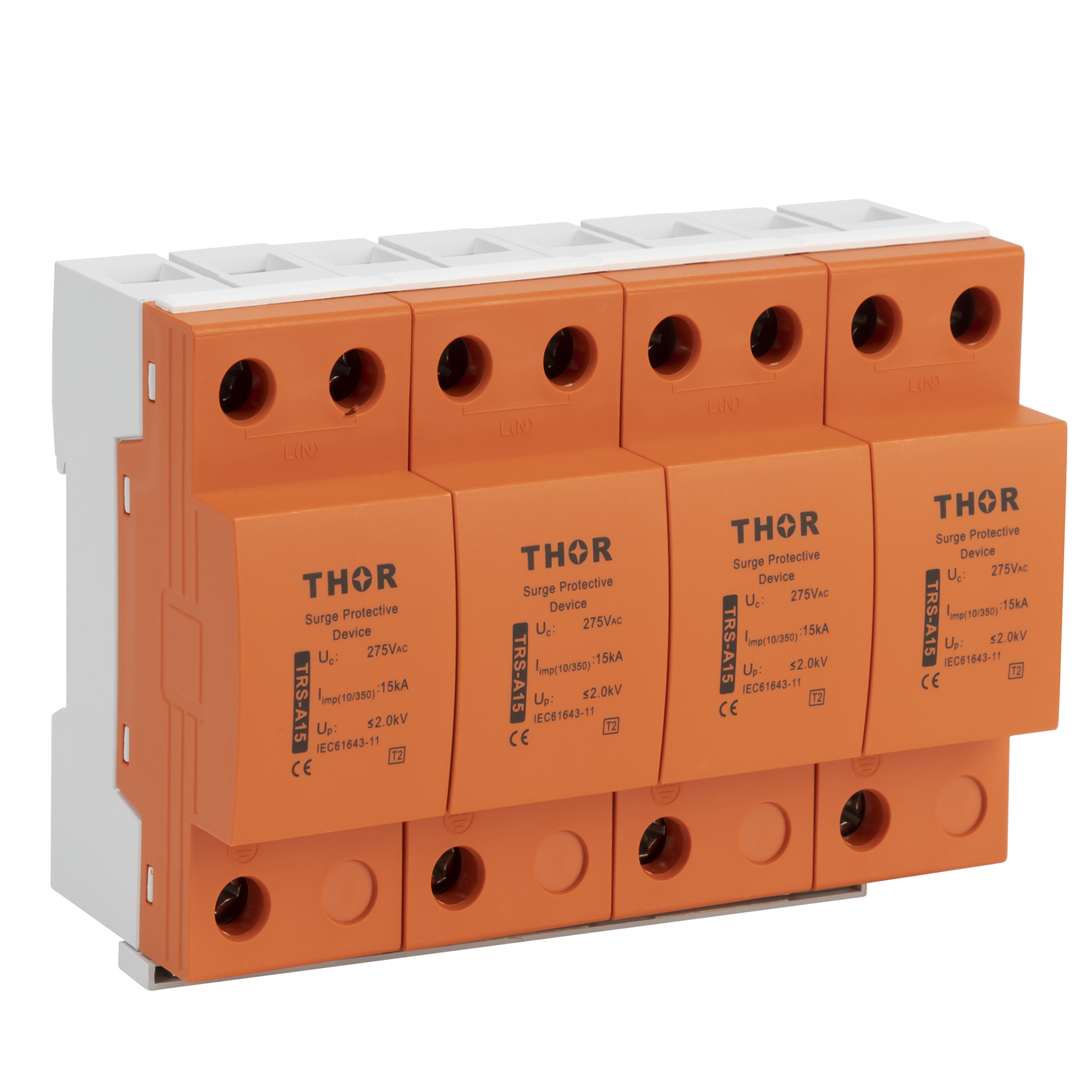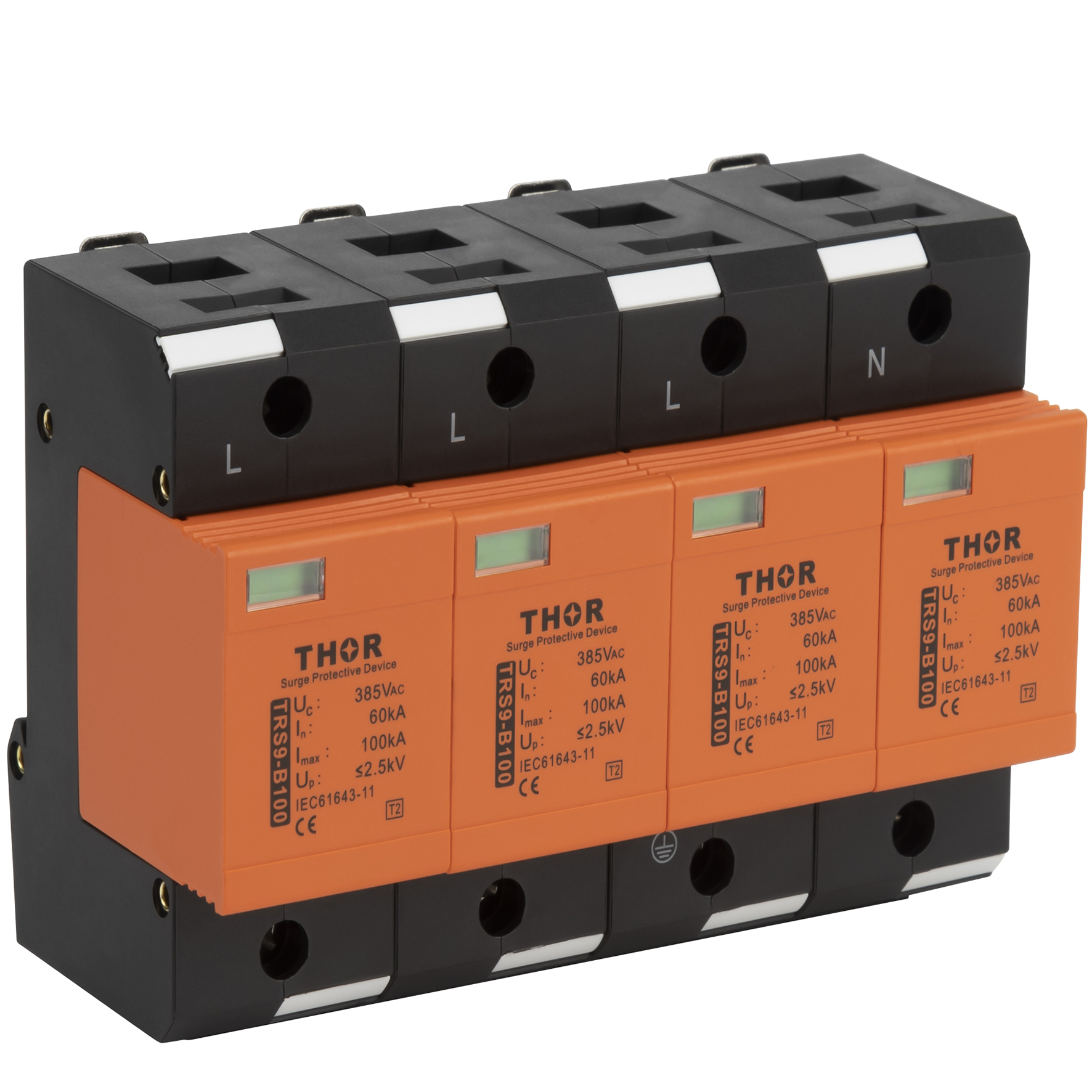Understanding Power Surges
Power surges are quick, high-voltage spikes caused when a surge of power rushes through the electrical system. These surges vary between small rises in power and large spikes that can fry electronics and appliances immediately.
What Causes Power Surges
There are many triggers of a power surge. The best known reason is lightning which, in a fraction of a second, can send millions of volts passing through anything connected to the electricity mains. But ordinary causes of power surges include:
- Common Cause: Faulty wiring, often as a result of older or amateur installation and can lead to failed wiring after exposure to the sun.
- High draw electrical devices: Some devices, such as air conditioners and refrigerators, can create increases in power demand when turned on or off.
- Issues with the utility company: The power grid can cause electrical surges sometimes, if undergoing maintenance work.
At What Voltage Can Damage Occur
Eventually, even moderate surges can have adverse consequences as well. A regular household electric system is rated at mother 120 volts. A power surge can easily surpass that limit, with common surges carried on home electrical wiring coming in around 500 volts or more. A voltage that is thousands of times higher caused by lightning-induced surges can push and fill up every small nook and cranny in your circuits, turning insides plastic or metal parts of your air conditioner into a drippy goop.
Tracking and Measuring Surges
One of the best ways to make sure you are prepared is by using surge protectors that have a monitoring system for your entire house. These logging systems capture the number and amount of surges; and this information can point towards root causes of problems. For example, a surge protection device could record surges over 300 volts, which may indicate changes need to be made in the system or upgrades.

Impact of Power Surges on Air Conditioners
Air conditioning system suffers severe, almost instantaneous damage from power surges. The damage will be more or less severe depending on the voltage of the surge and how sensitive to these components are in the air conditioner.
Vulnerability of Air Conditioners to Power Surges
Air conditioner systems are at higher risk from power surges, because unlike some other household appliances they come gunning with refined electronic components and compressors that require consistent electric currents for optimal effectiveness. Air conditioners with electronic and control boards are also at critical risk since these boards can short out in power surges. Electrical parts are expensive to repair or replace and any electrical component in the system can be unnecessarily stressed to a level that could result in failure even with just a minor increase over the 120 volts.
Common Damage from Power Surges
It can kill the compressor, capacitor, and control board directly as soon as a power surge hits. No AC payment: These are the most important things that you will need to use for air conditioner operation:
- Compressor: Similar to the human heart, the compressor is responsible for circulating the refrigerant required to carry out heat exchange. An electrical surge can cause overheating or even short an electric surge may have a shot at ceasing the compressor for ever.
- Capacitor: Stores the electrical energy needed to start the compressor and the fan. Surges often cause capacitors to blow out, leading to a system that won't start or shuts down unexpectedly.
- Control Board: This is where all the functions and cycles of the air conditioner are being controlled. A fried control board, if not present and accounted for, will mean the AC may not work at all.
Long-Term Effects and Cumulative Damage
The risk is not only of immediate damage to their houses for homeowners. Additionally, smaller but repeated surges cumulatively harm the air conditioner over time. While minor surges are not severe enough to cause the prospective air conditioner issues that would breakdown immediately, they ultimately wear down the electronic components of an air conditioner to drastically reduce its lifespan.
Protection Against Power Surges
It is important to protect your air conditioner from a power surge and keep it working efficiently for years to come. Follow these steps and use devices to keep your system safe from the harsh consequences of electrical surges.
Why Regular Surge Protectors Are Insufficient
Air conditioning systems require a much higher voltage than standard surge protectors (like those for a TV or computer) can deliver. While the protectors can handle up to 500 volts, it is not enough to prevent a jolt from reaching a few thousand volts during an event like lightning.
Utilizing Surge Arrestors for High-Voltage Protection
We suggest adding a surge arrestor for complete protection. Unlike standard surge protectors, surge arrestors are specifically designed for higher currents typically utilized by HVAC systems. They are wired into your well house breaker or installed at the meter to protect all incoming electricity to your home. This set-up will ground out any surge that exceeds 120 volts so that it does not pump into your A/C unit and blow it up.
Installation Process
Here are the basic steps of how to install a surge arrestor:
- Assessment of Your Home’s Electrical System : A professional electrician will evaluate your home’s current electrical setup to determine the best model and installation point for the surge arrestor.
- Choosing the Right Surge Arrestor : Based on your home's needs, including the size and complexity of your electrical system, an appropriate surge arrestor will be selected.
- Integration with Your Electrical Panel : The surge arrestor is connected to your main electrical panel, where it serves as the first line of defense against surges.
Other Protective Actions
Besides installing a surge arrestor, there are additional precautions you can take:
- Turn off the air conditioner during storms: This simple step can prevent surges from directly impacting your system when surge risks are highest.
- Regular Electrical System Checks: Ensure your home’s wiring is inspected periodically to avoid internal surge sources like faulty wiring or overloaded circuits.

Proactive Measures During Storms
These preventative measures can be a lifesaver during storms that take you less prone to the possibility of damaging voltage spikes on your air conditioning, evident due to surge from lightning. These steps are easy to implement and practical to help you get ready in time of an impending storm.
Switching the AC Off
Certainly the easiest way to do that is to turn your air conditioner at the thermostat, and unplug it when the storm arrives. This will help block the high currents that accompany a lighting strike from getting to your unit.
Understanding the Risks
During a storm, lightning can produce electrical surges of more than 100,000 volts-more than enough to overpower the average home system designed for only 120 volts. The surge will not be able to travel down the wire directly and that potential damage will keep those case internals just fine for another day!
Leverage Weather Alerts
Real-time Weather Status and Notification Almost all modern smartphones and weather apps send you instant alerts about dangerous weather:
- Set up alerts: Configure your devices to alert you about severe weather warnings.
- Plan ahead: If a storm is predicted, preemptively turn off and unplug sensitive equipment, including your air conditioner.
Secondary Surge Kit Installation
In this way, you put in protection at two locations: secondary protection on top of whole-home surge protectors is important. Surge-protecting plug-in devices are also helpful for small air conditioning units or other add-on systems that can benefit from an extra layer of surge protection.
Regular Maintenance Checks
Always have the professional inspect your air conditioner, especially before the storm season. These checks can identify and resolve potential weak areas in your system that might add risk to any surge-related problems, such as:
- Loose connections
- Worn out components
- Outdated or damaged wiring
Identifying Power Surge Damage
If you can point out a potential power surge damage, fixing it early should keep things in check and save the stress of significant repairs. How to know if your air conditioner was affected by a power surge
Early Stages of Blowout Standoff damage
Here are some warning signs that can indicate damage immediately after a power surge.
- Inoperable System: If your unit is no longer working after a storm or power surge, this may be a good sign that is has been damaged.
- Error Codes: The majority of modern air conditioners show error codes on the control panel. These often represent codes that can lead to certain problems, for most of usually relates to surge damage.
Physical Signs on the Equipment
The following provides some ways to visually identify potential surge damage:
- Burn Marks: It is important to search for any scorch marks or melted insulation surrounding wires and components. This type of damage points directly to an electrical overload.
- Smell of Burning Plastic: A distinct smell of burning plastic or electronics immediately after a surge is a telltale sign that some components might have overheated and melted.
Performance Issues
Even if your air conditioner powers on, it might not be out of the woods yet:
- Decreased Cooling: If the air conditioning unit is running, but there's no cool air coming out of it, the surge has likely harmed some parts of its cooling system (for example, the compressor).
- The air conditioner comes on intermittently: Air conditioners that randomly start and stop or frequently trip the circuit breaker have electrical issues that are created from a surge.
Professional Help for Surge Damage
After experiencing a power surge, consulting a professional HVAC technician can be crucial in assessing and repairing the damage effectively. This section outlines the steps and benefits of seeking professional assistance.
When to Call a Professional
If you observe any signs of surge damage as previously outlined—such as failure to start, error codes, or performance degradation—it's imperative to seek professional help. Immediate consultation with a technician can prevent further damage and potentially save you from the higher costs of replacing a severely damaged unit.
Diagnostic Procedures
Professional technicians use advanced tools and expertise to diagnose the exact cause and extent of damage caused by a power surge:
- Electrical Tests: They perform detailed electrical tests to check the integrity of wiring, capacitors, and other critical components.
- System Inspections: Includes a thorough inspection of the physical and functional aspects of the HVAC system to ensure all parts are operating correctly.
Repair vs. Replacement
A skilled technician will evaluate whether it's more cost-effective to repair the damaged components or if a total replacement is necessary. Decisions are made based on:
- Extent of Damage: The more extensive the damage, the more likely a replacement will be suggested.
- Age of the Unit: Older units that are near the end of their operational lifespan might be better off replaced, especially if they have sustained significant surge damage.
Benefits of Professional Repair Services
Choosing professional repair services offers several advantages:
- Warranty Compliance: Technicians ensure that all repairs are compliant with your air conditioner's warranty specifications.
- Safety: Handling electrical components can be hazardous. Professionals have the necessary training to perform repairs safely.
- Efficiency Restoration: Professionals not only fix the damage but also optimize the air conditioner to operate at its best efficiency post-repair.
